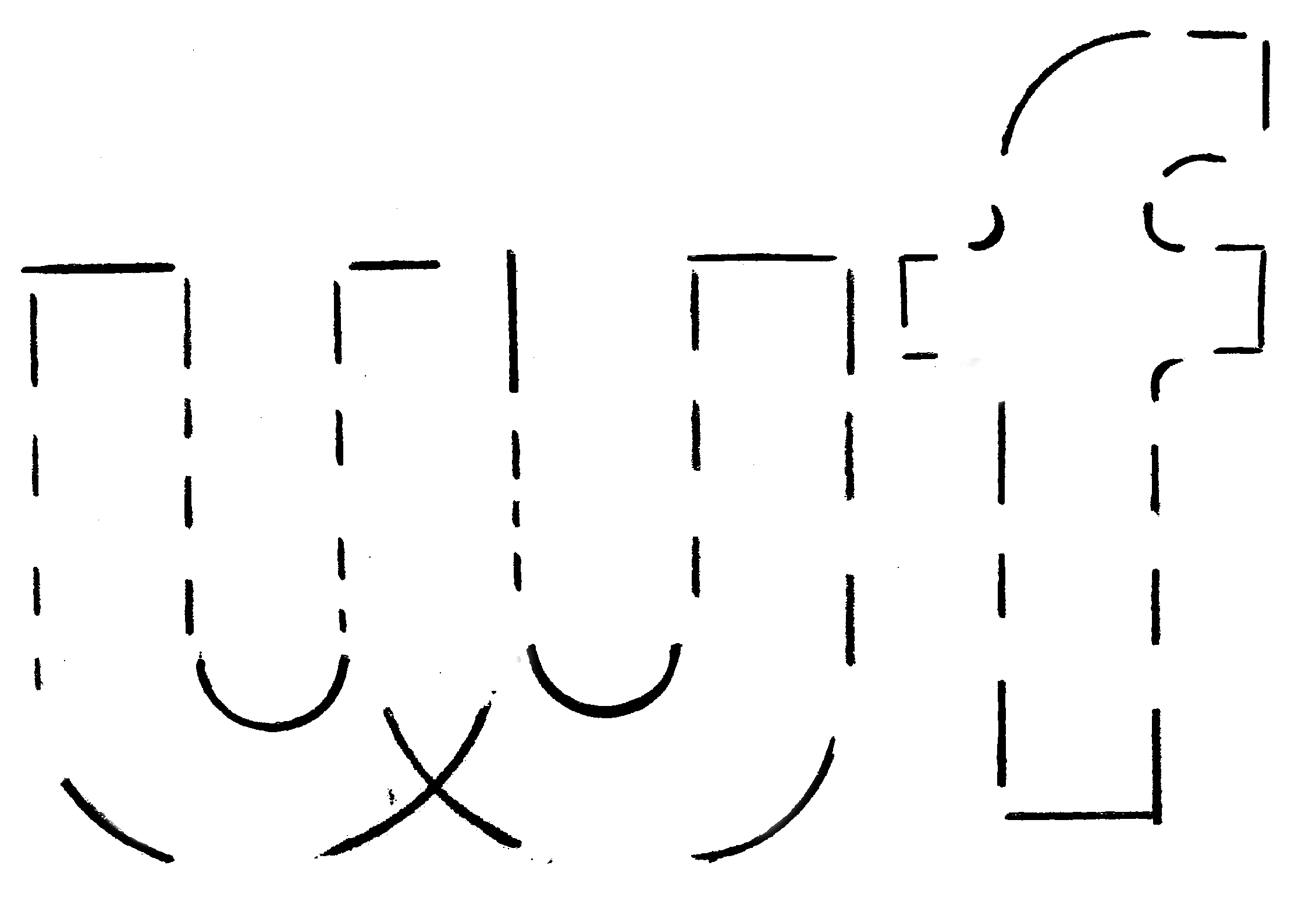The Weight of Inheritance
Description:
The Weight of Inheritance was an exhibition of work by Hazel Meyer. In the spring of 2016, a chance encounter at a house in Toronto’s east end led to Meyer being gifted a ton of marble that once belonged to artist and filmmaker Joyce Wieland. The marble—unremarkable domestic leftovers from a project never fully completed—had been left behind in the house Wieland lived in until her death in 1998, and was undisturbed for nearly two decades by the house’s next inhabitant, Jane Rowland.
Wieland’s marble formed the conceptual base for The Weight of Inheritance, an exhibition that included sculptures and drawings which wrestled with questions of legacy, queerness, and lineage, and of how to reconcile and situate oneself in the gaps and overlaps between feminisms.
Presented together, these works served as a theatrical set for a performance entitled The Marble in the Basement. As the conditions of the COVID-19 pandemic did not allow for a full presentation of Meyer’s performance project, Meyer used the exhibition at Western Front as an occasion to develop, rehearse, and think through that performance. In lieu of an audience, the performances were witnessed by artists Alysha Seriani and S F Ho, who worked with Meyer to produce film and writing that sit alongside this continually developing body of work.
Curated by Pablo de Ocampo.
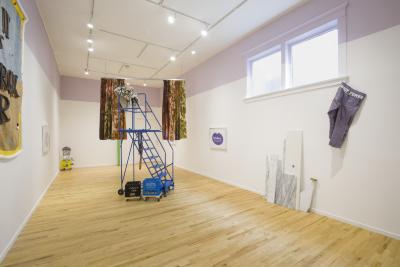
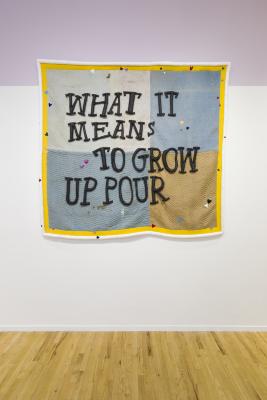
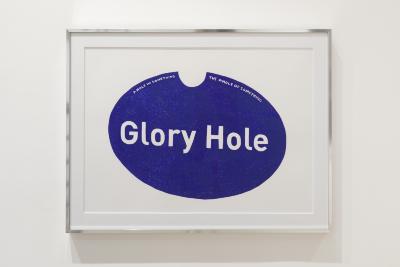
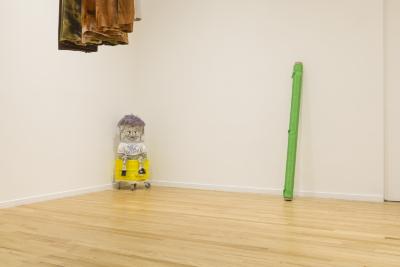
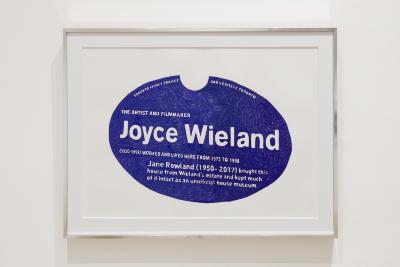
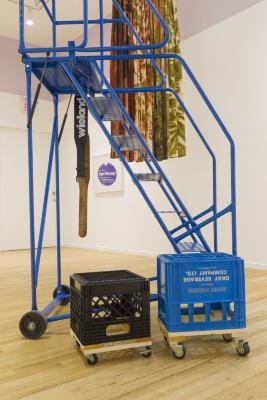
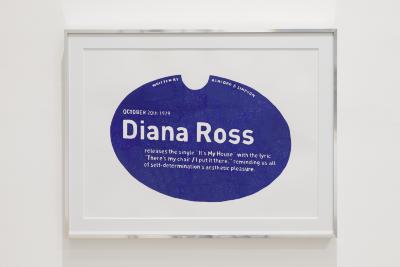
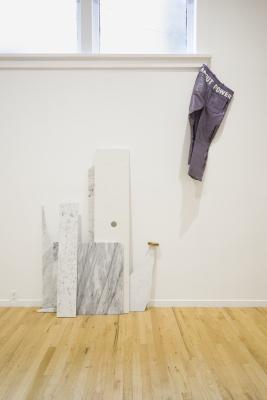
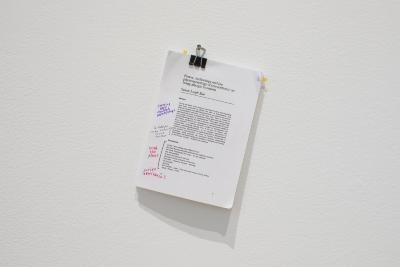
Related People
- Pablo de Ocampo (Curator)
Related Events
Captions:
- Hazel Meyer: The Weight of Inheritance, installation view, Sep 11 – Oct 24, 2020. Photo by Dennis Ha.
- Hazel Meyer, WHAT IT MEANS TO GROW UP POUR (after Reason Over Passion) (2020), installation view, Sep 11 – Oct 24, 2020. Photo by Dennis Ha.
- Hazel Meyer, Glory (heritage plaque) (2020), installation view, Sep 11 – Oct 24, 2020. Photo by Dennis Ha.
- Hazel Meyer: The Weight of Inheritance, installation view, Sep 11 – Oct 24, 2020. Photo by Dennis Ha.
- Hazel Meyer, Joyce, Jane (heritage plaque) (2020), installation view, Sep 11 – Oct 24, 2020. Photo by Dennis Ha.
- Hazel Meyer: The Weight of Inheritance, installation view, Sep 11 – Oct 24, 2020. Photo by Dennis Ha.
- Hazel Meyer, Diana (heritage plaque) (2020), installation view, Sep 11 – Oct 24, 2020. Photo by Dennis Ha.
- Hazel Meyer: The Weight of Inheritance, installation view, Sep 11 – Oct 24, 2020. Photo by Dennis Ha.
- Hazel Meyer, Pocket - “on being allergic to onions” (2020), installation view, Sep 11 – Oct 24, 2020. Photo by Dennis Ha.
